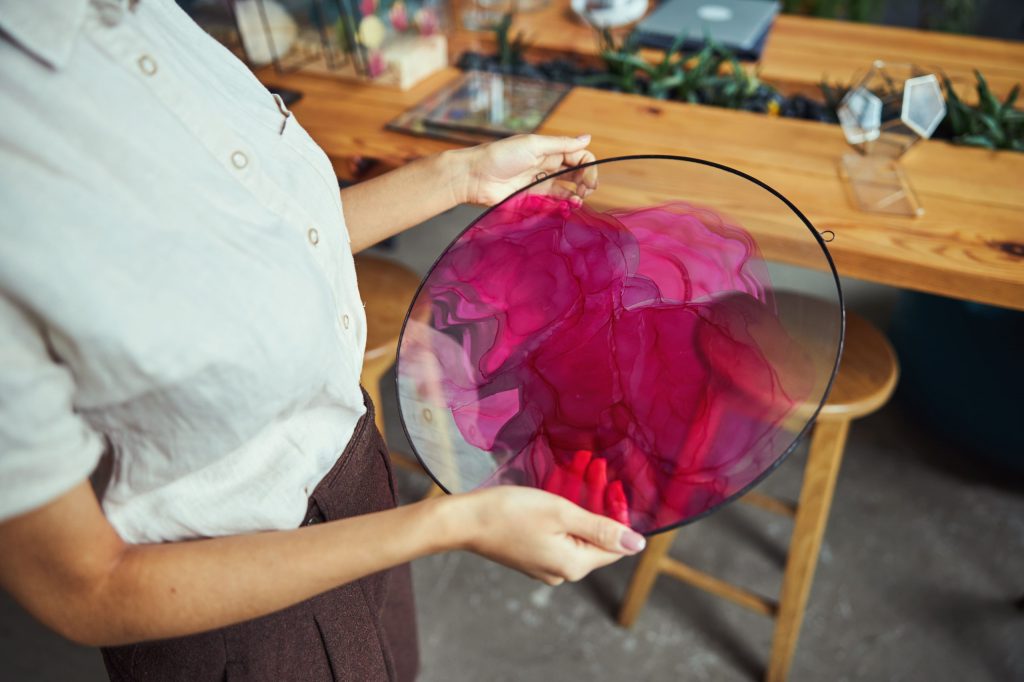Stepping into the world of natural dyeing is like entering a secret garden filled with unexpected color and quiet wonder. Whether you dream of dyeing your own yarn, upcycling old clothing, or simply exploring a creative, sustainable hobby, natural dyeing is beautifully accessible — and deeply rewarding.
But where do you begin?
This guide walks you through the essential tools, materials, and simple steps to help you get started confidently and joyfully.
Start Small, Think Natural
You don’t need a studio, rare plants, or professional tools to begin dyeing with nature. In fact, many of the materials you need are likely already in your home. Onion skins, avocado pits, red cabbage, turmeric, and even used tea bags all contain natural pigments just waiting to be released.
The best approach for beginners is to start small. Choose one or two plants, a piece of natural fabric, and let curiosity guide the process.
Essential Tools and Materials
Here’s a basic list of what you’ll need to start your first dyeing project:
- Natural fiber fabric or yarn: Cotton, linen, wool, or silk work best. Avoid synthetic blends.
- A non-reactive pot: Stainless steel or enamel works well for heating the dye bath.
- A heat source: A kitchen stove or portable burner will do.
- A spoon or tongs: For stirring and lifting fabric.
- Gloves and apron (optional): To protect your hands and clothes.
- Mordants (optional, but helpful): These are mineral salts like alum or iron that help set the color. Not always needed, but useful for brighter, longer-lasting results.
Preparing the Fabric
Before dyeing, it’s important to scour (clean) your fabric to remove any oils or residues. This allows the dye to bind more evenly and deeply.
For cotton and linen:
- Boil in water with a bit of soda ash or pH-neutral soap for about an hour.
For wool and silk:
- Gently soak in lukewarm water with mild detergent. Avoid agitation to prevent felting.
After scouring, rinse well and soak the fabric in clean water before dyeing.
Making Your First Dye Bath
Choose a dye plant to begin with — onion skins are a great choice. They’re easy to collect, safe, and create beautiful golden-orange tones.
Steps:
- Fill your pot with water and add a generous handful of dye material.
- Simmer for 30–60 minutes, allowing the color to release into the water.
- Strain out the plant matter.
- Add your pre-wetted fabric to the dye bath and simmer gently for 30–60 minutes.
- Remove the fabric, rinse it in cool water, and hang it to dry.
You’ll be amazed by the transformation.
Experimenting with Color
As you become more comfortable, try different plants and techniques. Red cabbage can shift from purple to green depending on the pH. Avocado pits make soft dusty pinks. Hibiscus petals yield surprising blues and grays.
No two dye sessions are the same — and that’s the magic. Keep a dye journal to record your process, ingredients, and outcomes.

